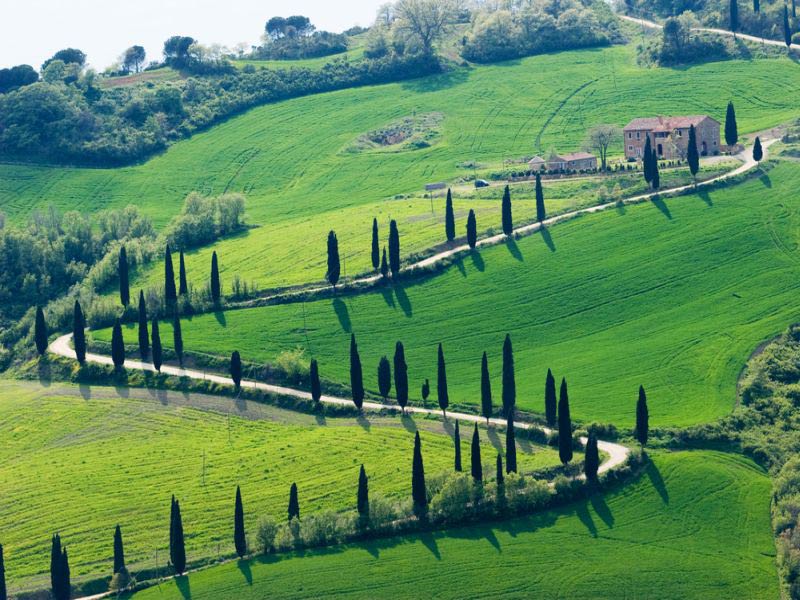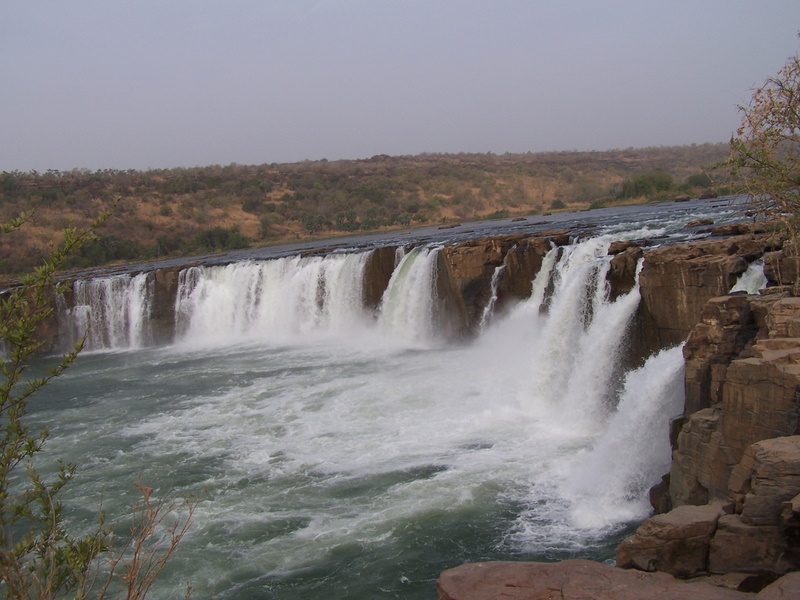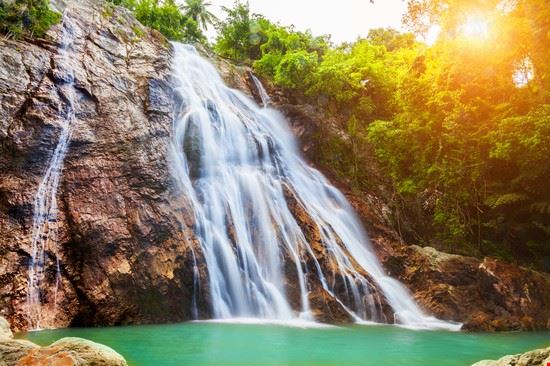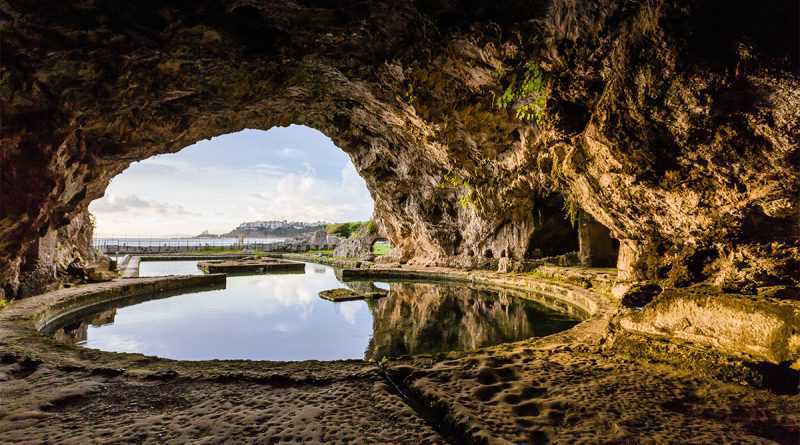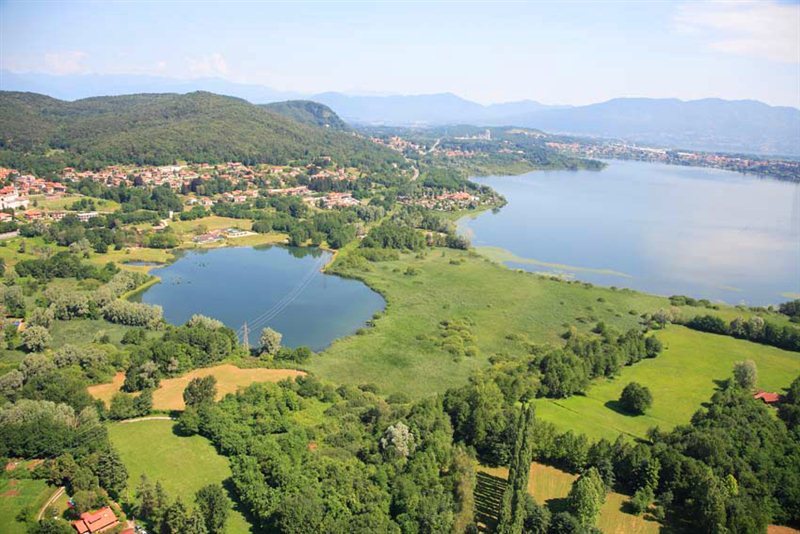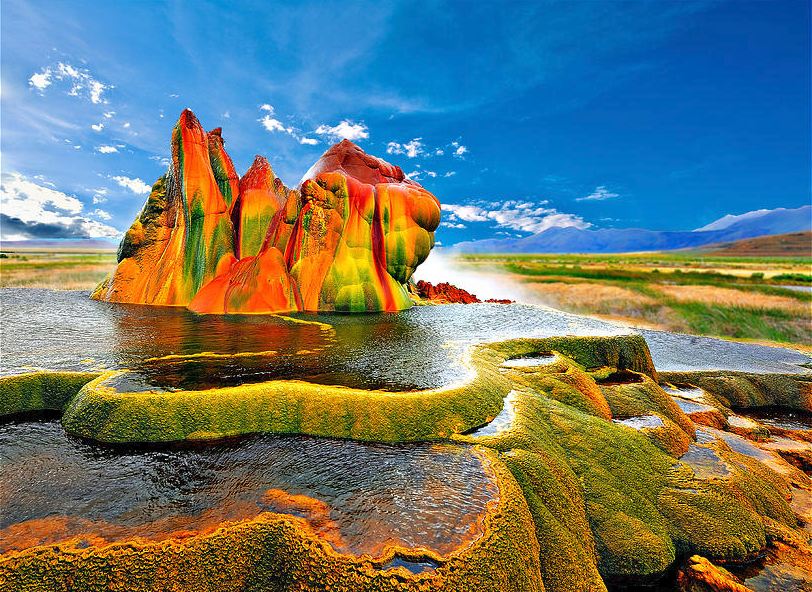The magnificent landscape of the Val d’Orcia among the Tuscan hills was placed on the World Heritage List by UNESCO in 2004.
The Val d’Orcia, a combination of art and landscape, geographic space and ecosystem, is an expression of wonderful natural features but is also the result and testimony of the people who have lived there.
According to UNESCO, this valley is an outstanding example of how the natural landscape was redesigned in the Renaissance and reflects the ideals of "good government" (14th and 15th centuries) typical of the Italian city-state, whose splendid places were celebrated by the painters of the Sienese School, which flourished between the 13th and 15th centuries.
Gentle hills covered with dense vegetation of vineyards, olive groves, cypresses, beech and chestnut trees, interrupted by ancient settlements of medieval origin, rural houses and fortresses with impervious towers that are dispersed in the isolated and peaceful nature of the places: this is the scenery that presents itself to the eyes of the visitor to the Val d’Orcia, a striking scenario, just as portrayed by the masters of the Sienese School.
The Val d’Orcia has linked its destinies to the Via Cassia, the great Roman road that connected Rome with northern Italy and that crosses the entire valley.
A road that, for much of its route, traces the historic Via Francigena, where the sense of travel has the spirit of pilgrimage.
The continuous transit of men and goods along this fundamental route decreed the importance of some of the towns in the area to the point of arousing the interest of the Republic of Siena in the 15th century.
After the mid-sixteenth century, the Val d’Orcia entered the Florentine orbit along with the Sienese domains, retaining only the value of an agricultural area.
